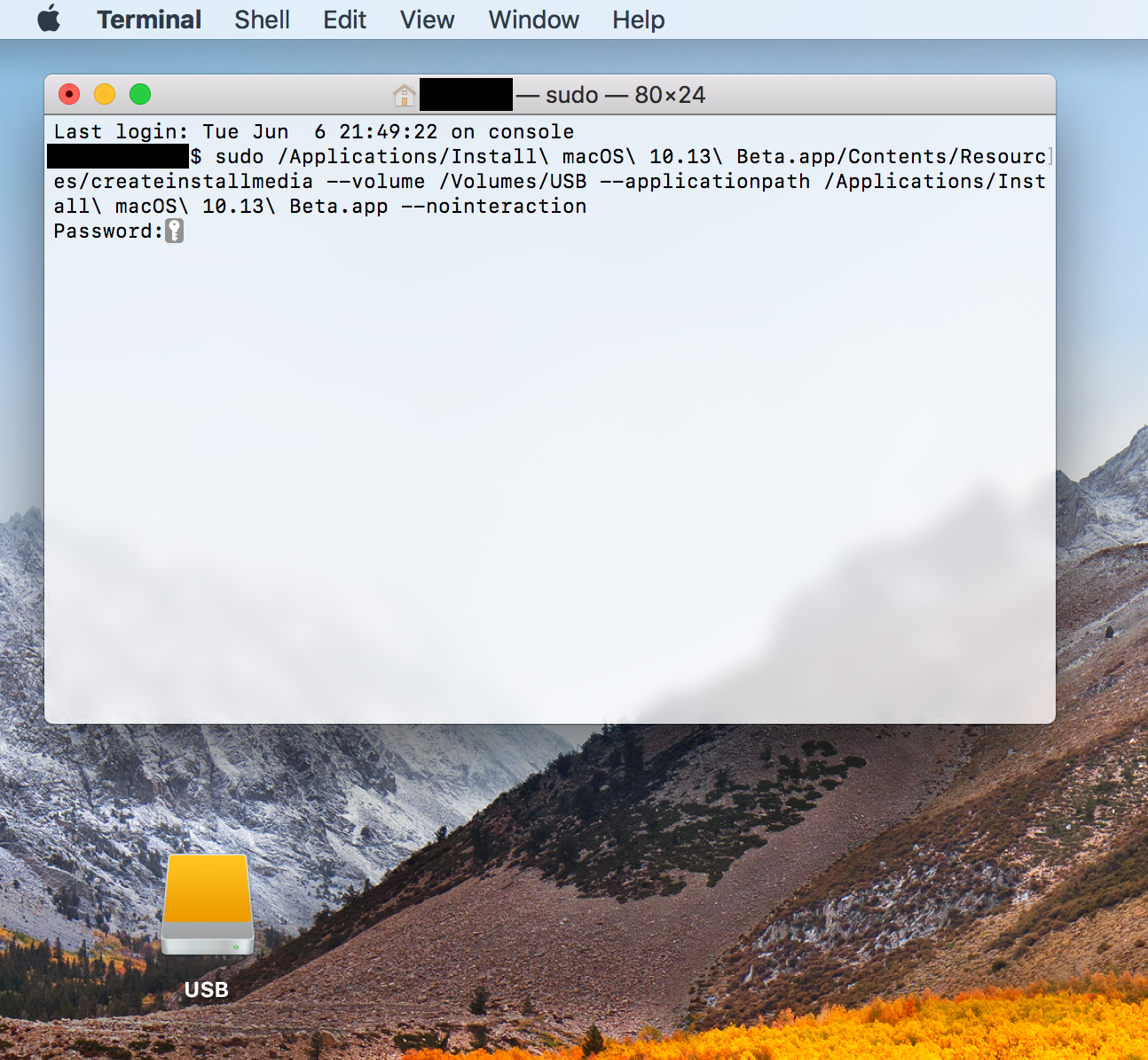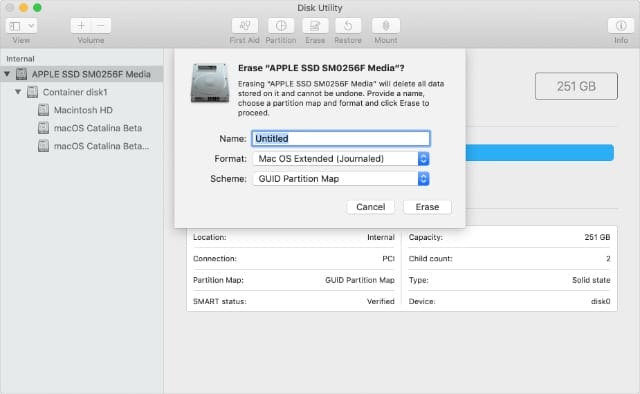

If you want to install macOS High Sierra or later versions, just use the Convert to APFS feature on Disk Utility.

In this article, I will guide you to create a Mac OS Extended (Journaled) partition with GParted. In this case, you can use other tools instead of Disk Utility. Disk Utility will report MediaKit reports not enough space on device for requested operation. This error occurs because the partitions created do not comply with Apple’s partition policy. In another case, if you are using a Seagate, WD My Passport or any other hard drive that you previously partitioned with another tool. If you are a Linux user or operating systems other than macOS, you probably use another tool. Disk Utility only supports partition creation and formatting for Mac OS Extended (Journaled), exFAT, MS-DOS (FAT) and since MacOS High Sierra (10.13), it supports APFS. It supports creating, splitting, merging, resizing, deleting and formatting partitions on the hard disk. We need to move the operating system files to the installer app directory /Applications/Install macOS High Sierra.app/Contents/SharedSupport.Are you having trouble creating Mac OS Extended (Journaled) and APFS partitions using Disk Utility? If so, you can create a Mac OS Extended partition using GParted, then convert to APFS using Disk Utility.ĭisk Utility is a disk utility on macOS operating system. We’ll close the installer now (using the ⌘ + q keyboard shortcut) and move on to creating our bootable USB disk. The installer will prompt you to restart your machine once it has completed downloading. These files are what we need to create our bootable disk.

In the mean time, you can access these downloaded files at the /macOS Install Data directory. You’ll have to wait for this download to finish. It will download an application called Install macOS High Sierra and launch it.Ĭontinue the steps as prompted by the installer until it starts downloading the actual operating system’s files:

Then fetch the installer by going to macOS High Sierra on the App Store and pressing the Download button. Choose Mac OS Extended (Journaled) for the file system format and set the name to Untitled. To start, find a USB drive that is big enough (8 GB should work) and erase it using Disk Utility. It wasn’t immediately obvious to me how to do that, so I wrote the steps down if you’re looking to do the same. Due time for an upgrade!īecause I want to start from a clean slate and erase my entire drive, I needed a High Sierra bootable USB drive to install from. I was still running on an embarrassingly old version of Mac OS X when macOS High Sierra was released.


 0 kommentar(er)
0 kommentar(er)
